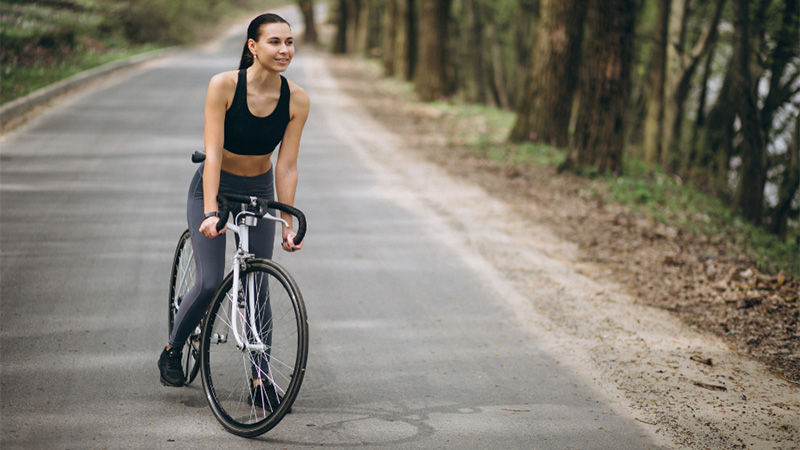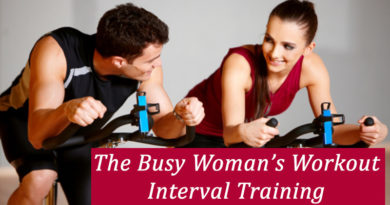How to Start a Workout Routine (If You Never Have Before)
Physical exercise is one of the best habits you can have for your long-term health, but if you’ve never had a workout routine before, starting one can be intimidating. You may not know which exercises are most important, or you may not know the proper form to exercise without hurting yourself.
There’s a lot to learn—more than a single article on the internet can teach you—but if you follow this guide, you should find it much easier to start a workout routine you can stick with.

People photo created by senivpetro – www.freepik.com
Understand Your Goals
First, understand why you’re working out in the first place. There are many valid reasons, but knowing your individual motivations can help you set better goals and achieve them more consistently. For example, are you working out so you can extend your lifespan and feel healthier overall? Are you working out so you can lose weight and look better in a swimsuit? Or are you interested in building more muscle and being functionally stronger? Each of these goal sets requires a slightly different approach; for example, a weight loss routine will put more emphasis on cardiovascular exercise, while a muscle-building routine will require more weightlifting.
Invest in Good Clothing
It may seem trivial, but it’s important to invest in a good set of sportswear before you begin working out. Good workout clothes will help absorb your sweat, while retaining some degree of breathability. That way, you’ll feel better in your own skin while working out. It can also serve as a form of motivation for you; if you have a set of clothes that make you feel good and look good, you’ll be much more inclined to put them to use. You’ll also feel incentivized to work out if you spend a chunk of money on workout attire.
Consider the Exercises That Sound Most Appealing
Working out doesn’t have to adhere to a set of fixed rules, nor does it only have to include the most efficient exercises. In fact, many experts agree that the “best” workout plan is the one you stick to. It’s much better to find a set of exercises you actually like doing, and will be willing to do consistently, than to try the “best” exercises, hate them, and give up.
Accordingly, in the early stage of your workout planning, lay out the exercises that seem most appealing to you. Does swimming sound more fun than running? Would you rather bike outdoors or participate in an indoor spinning class? Do you like the idea of machine-based resistance exercises or free weights? If you’re not sure what you’re going to like, make sure to try a wide variety of different exercises, and stick to the ones that make you feel the best.
Set a Budget
Now, you’ll need some way to do the exercises you like the most. Set a budget for your workout goals; in most cases, you can get fit no matter how much you’re willing to spend. If you’re serious about this, you might invest in some home equipment, like a treadmill and a set of weights. If you’re trying to live as frugally as possible, you can rely on bodyweight exercises at home. If you’re like most people and you have a bit of money to spend, but you don’t want to build out a home gym, the best idea is to invest in a local gym membership. This is also advantageous because it will give you the opportunity to work out with other people, and learn the right ways to exercise by proxy.
Learn Proper Form and Safety Precautions
Before beginning a workout routine for the first time, it’s a good idea to get a physical examination. Your doctor may recommend exercises to try or ones to avoid based on your current health. Beyond that, it’s on you to reduce your chances of injury.
Make sure you’re doing every exercise with proper form, and that you’re using the exercise equipment available to you only the way it was intended. If you’re not sure what proper form is, ask someone who knows, or look up a video; there’s nothing to be ashamed of here. Also, make sure you warm up and cool down properly, with time for stretching to stay limber.
Start Slow
Too many newcomers are excessively eager to begin their new routines. They push themselves too hard and get injured, or do exercises they hate and end up abandoning working out altogether. It’s much better for most people to start slow, with a routine you can manage, pushing yourself just enough to make consistent improvement. Remember, your goals are long-term; you won’t see results overnight even if you push yourself to your absolute limit, so prioritize sustainability in your routine.
Starting a new workout routine may be intimidating, but it doesn’t have to be complicated. When in doubt, do whatever feels right (so long as you follow the proper safety precautions). Any amount of exercise is beneficial.



